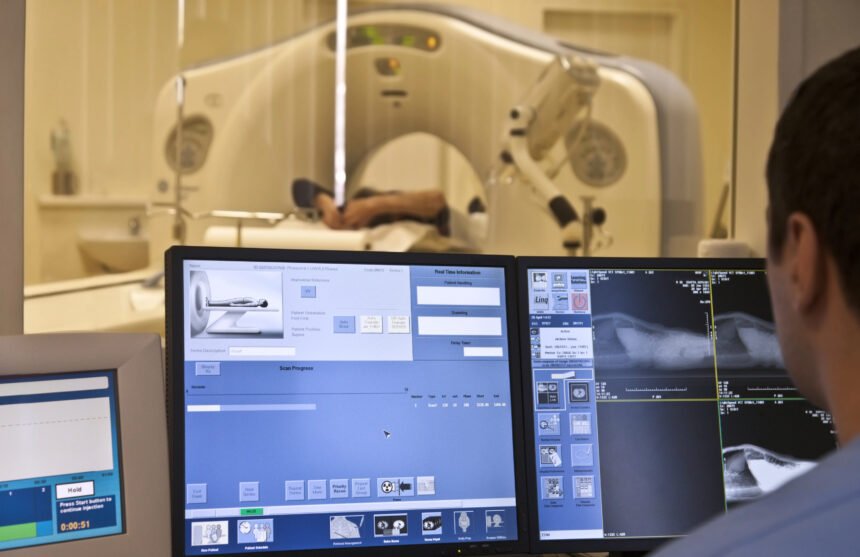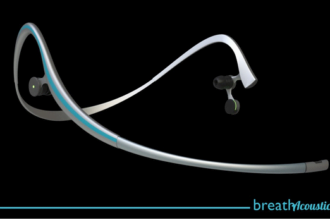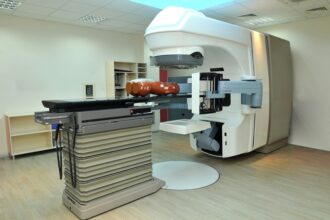Medical imaging has been very important in modern healthcare. The amount of money that healthcare providers and their patients spend on medical imaging is rising significantly. It increased by 35.9% to $66.19 billion between 2010 and 2021 and will probably keep increasing in the years to come.
- Understanding Medical Imaging in Healthcare
- The Different Types of Medical Imaging
- X-Rays A Diagnostic Staple
- CT Scans Detailed Cross-Sectional Images
- Ultrasound Real-Time Imaging
- MRI The Gold Standard
- The Impact of MRI in Regular Healthcare
- Practical Applications of Medical Imaging
- The Future of Medical Imaging
- Wrapping It Up
But what exactly is medical imaging and what role does it play in modern healthcare? This article is going to answer these questions in detail.
Understanding Medical Imaging in Healthcare
You’re doctor recently recommended getting an MRI in St. Louis, and you were curious as to the role that medical imaging plays in your overall health. Medical imaging is more than just a tool for diagnosing ailments. It’s the hidden hero of healthcare, working behind the scenes to ensure we get the right treatment at the right time.
From routine check-ups to emergency diagnostics, medical imaging has revolutionized the way doctors understand and treat the human body. But how exactly does it fit into our regular healthcare routines, and why is it so critical? Let’s find out.
What is Medical Imaging?
Medical imaging is the technique and process of creating visual representations of the interior of a body for clinical analysis and medical intervention. It includes a variety of technologies such as X-rays, CT scans, ultrasounds, and MRIs. These images help healthcare professionals diagnose, monitor, and treat medical conditions.
The Evolution of Medical Imaging
Medical imaging has come a long way since the discovery of X-rays by W.C. Röntgen in 1895. Over the decades, advancements have led to the development of more sophisticated imaging techniques like MRIs and CT scans, which provide detailed images of the body’s internal structures without the need for invasive procedures.
Medical imaging is going to continue to evolve with new technology. One of the technologies that is changing medical imaging is the cloud, which we talked about in this article. AI is probably going to have an impact on the future of medical imaging too.
Why Medical Imaging Matters
Medical imaging plays a crucial role in early diagnosis, which is key to effective treatment. It helps doctors detect diseases at an early stage, often before symptoms appear, leading to better patient outcomes. It’s also essential for monitoring the progress of ongoing treatments and for planning surgical procedures.
The Different Types of Medical Imaging
X-Rays A Diagnostic Staple
X-rays are perhaps the most well-known form of medical imaging. They are used to examine bones and detect fractures, infections, or abnormalities. X-rays are quick, non-invasive, and widely available, making them a staple in medical diagnostics.
CT Scans Detailed Cross-Sectional Images
CT scans, or computed tomography scans, provide detailed cross-sectional images of the body. They are particularly useful for diagnosing conditions affecting soft tissues, such as tumors or blood clots. CT scans combine X-rays taken from different angles to create a comprehensive image.
Ultrasound Real-Time Imaging
Ultrasound uses sound waves to produce images of the body’s internal structures. It’s commonly used during pregnancy to monitor fetal development but also for examining organs like the heart, liver, and kidneys. Ultrasound is safe and non-invasive, with no exposure to radiation.
MRI The Gold Standard
MRI, or magnetic resonance imaging, uses strong magnetic fields and radio waves to generate detailed images of organs and tissues. It’s particularly valuable for imaging the brain, spine, and joints. Unlike X-rays and CT scans, MRIs do not use ionizing radiation, making them safer for repeated use.
The Impact of MRI in Regular Healthcare
How MRI Works
MRI technology uses a powerful magnet and radio waves to align hydrogen atoms in the body. When the radio waves are turned off, the atoms return to their normal positions, emitting signals that are used to create detailed images. This allows for precise visualization of soft tissues, which is crucial for diagnosing various conditions.
Common Uses of MRI
MRIs are commonly used to diagnose conditions affecting the brain and spinal cord, such as tumors, multiple sclerosis, and stroke. They are also used for imaging joints and muscles, detecting ligament tears or cartilage damage. Additionally, MRIs play a vital role in cardiovascular imaging, helping doctors assess heart conditions and blood vessel abnormalities.
Advantages of MRI
One of the biggest advantages of MRI is its ability to produce highly detailed images without using ionizing radiation. This makes it a safer option for patients who require multiple scans. MRIs can also differentiate between different types of tissue, providing a level of detail that other imaging techniques cannot match.
Practical Applications of Medical Imaging
Routine Check-Ups
Medical imaging is not just for emergencies or serious conditions. It also plays a role in routine check-ups. For example, mammograms are a type of X-ray used for breast cancer screening, while bone density scans help detect osteoporosis.
Monitoring Chronic Conditions
For patients with chronic conditions, regular medical imaging is crucial for monitoring disease progression. For instance, individuals with heart disease may undergo periodic echocardiograms, while those with liver disease might need regular ultrasounds.
Emergency Diagnostics
In emergency settings, medical imaging is often the first step in diagnosing injuries or acute conditions. For instance, CT scans are commonly used to evaluate head injuries, while X-rays are essential for diagnosing fractures.
The Future of Medical Imaging
Advances in Technology
The future of medical imaging looks promising, with continuous advancements in technology. Innovations such as artificial intelligence (AI) and machine learning are enhancing the capabilities of imaging techniques, allowing for faster and more accurate diagnoses.
Personalized Medicine
Medical imaging is also playing a crucial role in the field of personalized medicine. By providing detailed insights into an individual’s anatomy and pathology, imaging techniques are helping doctors tailor treatments to the specific needs of each patient.
Improved Access
Efforts are being made to improve access to medical imaging, particularly in underserved areas. Portable imaging devices and telemedicine are making it easier for patients to receive timely and accurate diagnoses, regardless of their location.
Wrapping It Up
Medical imaging is a vital component of modern healthcare. From routine check-ups to complex diagnostics, it provides invaluable insights that help doctors make informed decisions about patient care. MRI, in particular, stands out for its detailed imaging capabilities and safety profile.
By understanding the role of medical imaging, we can appreciate the importance of these technologies in maintaining our health and well-being. As advancements continue, we can look forward to even more precise and accessible imaging solutions.










